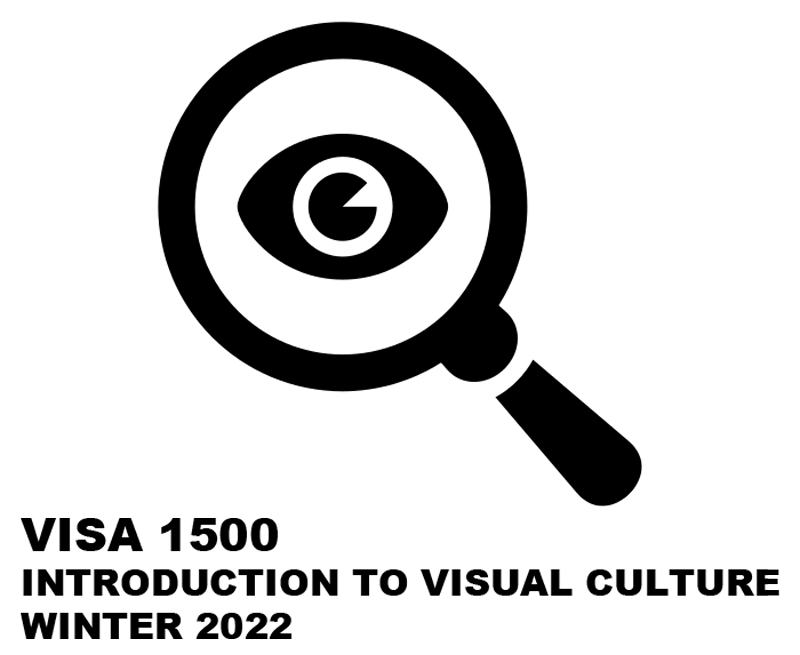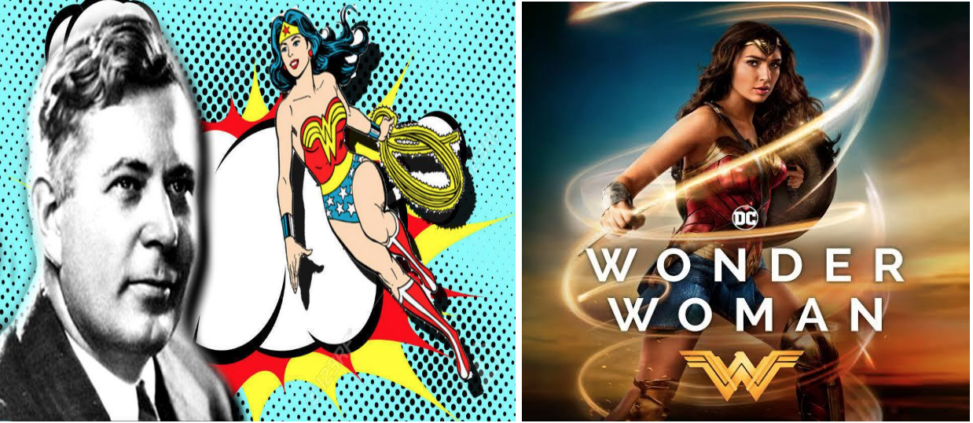Wonder Woman is among the most famous female superheroes, and her character has evolved over several decades since her debut in 1941. While she was first introduced as the empowered and progressive female character, she was also created within the bounds of the gender roles of the period. The character of Wonder Woman has developed through the decades starting as a marginal and one-dimensional superheroine figure and growing into a more complex and prominent one. This paper compares two versions of Wonder Woman: comparing the image of her in the early 1940s with the contemporary one, focusing on gender and racial representation, and the portrayal of ability. Through examining these three elements, the paper discusses how Wonder Woman has changed throughout the years and how these changes in representations impact society on a general level as well as individually.
Originally conceived by William Moulton Marston, Wonder Woman was born out of the desire to create a female superhero character in a world dominated by male characters. She was depicted as a strong woman possessing strength, justice, and compassion; however, her representation in 1940s television also adhered to gender stereotypes. Wonder Woman as a character of justice and power embodied femininity and had the potential for female heroism; nevertheless, her figure was sexualized and her skills were dependent upon beauty and submission. On the other hand, the contemporary representation of Wonder Woman, especially the Wonder Woman movie directed by Patty Jenkins in 2017, is depicted as a more empowered character, who is liberated from the patriarchal lens. As for the contemporary Wonder Woman, the aesthetics of beauty are still part of her character, but now her intelligence, leadership, and fighting abilities are more pronounced, which is a positive change since women are not portrayed as passive and overly sexualized beings (Lepore, 2014).
Gender is one of the primary components of Wonder Woman’s creation process, which has undergone numerous changes over the years. In the 1940s, she was one of the first female superheroes, although her femaleness was still framed by masculinity, and her powers were represented as feminine. Her costume was revealing and provocative, and her weaponry like a lasso that could only tie up opponents was not lethal, conforming to the stereotype that women should be nurturing not killers (Robinson, 2004). In contrast to these representations, post-1990s comics reestablish Wonder Woman as an active, self-directed character. Specifically, in the 2017 movie, she is drawn as a fighter, a person with not only physical strength but also intelligence. She is not limited to the role of a submissive care-giver character, which has been seen often in female characters but instead, balances compassion with decisive action. This shift mirrors changes in gender expectations in other areas of life, such as the increasing female representation in leadership and combat roles both in media and reality (Inness, 2004).
Race is also another area that shows how Wonder Woman has evolved over the years. All the initial features of the character – the white skin tone, European roots, and amazing physical build – pointed to the fact that the author was viewing the world through the lens of race that dominated during the creation of this work. It is important to note that Wonder Woman’s first origin story portrayed her as an outsider but still a white woman who could easily blend into and be accepted by a white society. The 2017 film, however, tries to reimagine her origin in a way that depicts a more racially and ethnically diverse Amazonian society where women of different races are not only present but are also warriors. This change can be seen as a positive one as it demonstrates modern attempts at making media more diverse. While Wonder Woman is still a white woman in both series, the cast of the characters in the modern storylines demonstrates that diversity makes the narrative richer and resonates with more people (Thomas et al., 2015).
Another significant aspect in the development of Wonder Woman is the portrayal of her abilities: more specifically, the representation of her abilities and their connection to the theme of physicality and power. The earlier representations of Wonder Woman portrayed her as a feminine woman with the power aspect being only a part of it. For instance, in terms of fighting, she was able to use bracelets that shield her and parry bullets and other forms of attacks, but she did not deal in physical combat as much as other male superheroes. Her skills were often either denied or portrayed as whimsical so that she could conform to a society that had not prepared itself for a woman wielding a rod (Robinson, 2004). For the modern Wonder Woman, strength is an overt element rather than a subtle compensation for modesty. She is depicted as being as strong as any male character and she does not shun from direct confrontation. This construction not only undermines the stereotype of women’s passivity but also promotes the character as a role model for women’s liberation. This has altered the psychology of people, especially young females, in a positive way as they now have a role model who is both powerful and sensitive at the same time in her complete form (Lepore, 2014).
Wonder Woman has changed the way that women are portrayed, which has led to new expectations for women in real life. Wonder Woman was one of the first-ever female superheroes in comics, and although her debut was progressive to a certain extent, her portrayal was still subservient to society’s expectations of women. With developing social affiliations, there has been the embrace of the view that a woman is equally strong and can also exhibit care without having to relinquish the strength aspect. This evolution establishes expectations that women depicted in leadership or combat roles in real life should not be regarded as anomalies but rather as competent. Moreover, these representations have psychological impact on the audiences particularly women, as they boost confidence and change the perception on what women are capable of. Research has proven that watching strong female characters can have a positive impact on women’s self-attitude and drive, proving that such representations can enrich people’s notions about themselves and others (Thomas et al., 2015).
However, this change has not come without some serious reactions from the public. Some critics argue that modern interpretations of Wonder Woman are more progressive yet remain exploitative and objectifying, or sexism masked as liberation, which simply sells the idea of women’s liberation as a concept but does not truly embrace it. Some have dismissed the shift towards inclusiveness as mere political correctness rather than a push for integration. However, the shifts in societal culture demonstrate that the transition toward progressive and authoritative portrayals is a permanent process. These transformations prove that media representation has a significant impact on the population’s perception of minorities, as media producers and consumers seek for a proper balance between progressive portrayals and commercial interests.
In conclusion, Wonder Woman’s transformation from her early 1940s portrayal to her contemporary persona is a manifestation of the evolving culture and social norms regarding gender, race, and ability. Not isolated and powerless anymore, Wonder Woman reflects the qualities of strength, intelligence, and compassion, changing the stereotypical perception of the female character and imposing new standards on society. Even though this evolution is not free from controversies and criticisms, it shows that representations in the media play a significant part in the construction of social and personal images.
Reference
Inness, S. A. (2004). Action chicks: new images of tough women in popular culture. Choice Reviews Online, 41(10), 41–5678. https://doi.org/10.5860/choice.41-5678
Lepore, J. (2014). The secret history of Wonder Woman. Scribe Publications.
Robinson, L. (2004). Wonder women: Feminisms and Superheroes. Routledge.
Thomas, R., Marston, W. M., & Fox, G. F. (2015). Wonder Woman: The War Years 1941-1945. Chartwell Books.


Dermot
Lakpa’s written analysis of Wonder Woman’s evolution from the 1940s to her present day, more contemporary representation helps highlight different parts of gender and racial representation. This analysis has successfully done its job in capturing how the original Wonder Woman was still a groundbreaking superhero, but was still held back and constrained by femininity and harsh stereotypical characteristics, as her powers were consistently tied to submissive behavior and beauty. To contrast both of these characters, the modernized Wonder Woman, particularly in the 2017 film, is now depicted by the movie as a more empowering character that shows strength in leadership and intelligence without having to be a sexualized character anymore. The selected images that were used definitely do the job of reinforcing the evolution and modernization of the female superhero. The analysis is very comprehensive and easy to flow, making it an easier read to understand and get behind. Grammatically, the writing is perfect as well. Wonder Woman was a great character to write an analysis about, as superheros are normally seen as masculine and always “saving” the female helpless written character. But flipping the narrative here is very powerful for media and visual culture, as now there is more justifiable representation of different minorities. All in all, this article was a great read to familiarize yourself on the evolution of Wonder Woman, and the change that should be made to all characters in need.